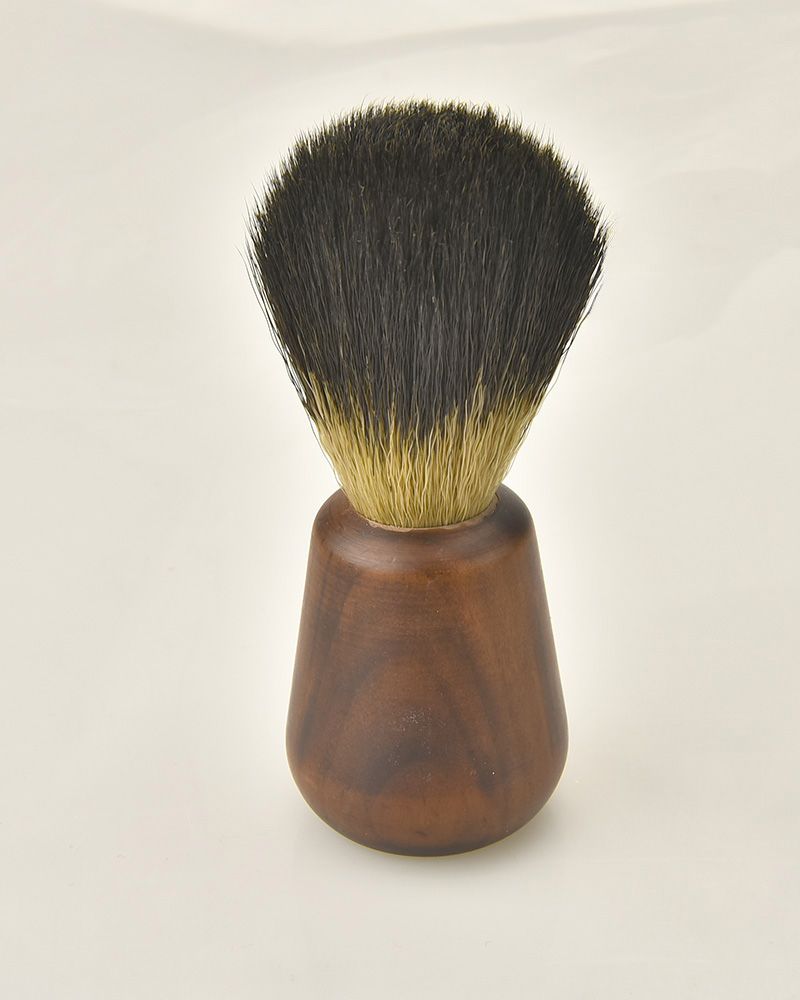Industry news
Boar Hair Shaving Brushes: Tradition Meets Modern Manufacturing Techniques
- 91 Views
- 2025-08-07 02:31:32
Boar Hair Shaving Brushes Tradition Meets Modern Manufacturing Techniques
For generations, boar hair shaving brushes have been more than just grooming tools—they are symbols of timeless craftsmanship and a ritualistic approach to shaving. Valued for their natural resilience, excellent water retention, and ability to create rich, creamy lathers, these brushes have deep roots in traditional barbering cultures, from the cobblestone streets of 19th-century Europe to the artisanal workshops of Japan. Today, as the demand for authentic, high-quality grooming products rises, manufacturers are reimagining boar hair shaving brushes by blending age-old techniques with cutting-edge manufacturing innovations, creating tools that honor tradition while meeting modern standards of efficiency, hygiene, and sustainability.

The Legacy of Traditional Craftsmanship
Traditional boar hair shaving brushes are born from meticulous handwork. Craftsmen would spend hours selecting boar hair—prioritizing thick, tapered strands from the animal’s neck and back, known for their softness and elasticity. Each hair was then hand-sorted to ensure uniformity in length and texture, a step critical for consistent lathering. The hairs were bundled and tied with natural threads, their roots secured to a wooden or horn ferrule (the metal ring connecting hair to handle) using beeswax—a method that preserved the hair’s natural flexibility and prevented shedding. The handles, often carved from rosewood or ebony, were polished by hand, turning each piece into a unique work of art. This labor-intensive process limited production but guaranteed unparalleled quality: brushes that softened with use, retained heat to warm lather, and delivered a luxurious, skin-friendly shave.
Modern Manufacturing: Precision, Hygiene, and Scale
Today’s manufacturers are not replacing tradition—they are elevating it with technology. One key advancement is in hair selection: high-resolution microscopes and computerized imaging systems now analyze hair diameter, taper, and integrity, ensuring only the top 10% of boar hair makes the cut. This replaces the subjective “eye test” of old, reducing human error and improving consistency.
Automation has streamlined downstream processes, too. Mechanical梳毛机 (combing machines) with fine-toothed blades align hairs evenly, while robotic arms sort strands by length and texture at speeds impossible for human hands. For hygiene—a top concern for modern consumers—boar hair now undergoes multi-step sanitization: ultrasonic cleaning removes impurities, followed by UV-C light treatment to eliminate bacteria, and sometimes a food-grade antimicrobial coating to inhibit microbial growth. These steps address historical critiques of natural hair brushes (such as potential bacterial buildup) without compromising their natural benefits.
Sustainability is another modern focus. Traditional handle materials like rare woods are being replaced with eco-friendly alternatives: recycled resin, bamboo, or even 3D-printed bioplastics, which reduce waste and lower carbon footprints. Molds for ferrules are now precision-engineered using CNC machining, ensuring a tight, leak-proof fit that extends brush lifespan. Even packaging has evolved—minimalist, recyclable boxes replace excessive plastic, aligning with consumer demand for eco-conscious products.
Tradition and Technology: A Symbiotic Relationship
Crucially, modern techniques preserve the soul of traditional craftsmanship. The final step of “hand-tipping”—shaping the brush head to a rounded, fan-like form—still relies on skilled artisans, who use their fingers to separate and arrange hairs, ensuring the natural “split ends” (key for lather creation) remain intact. Similarly, the “knotting” process, where hairs are secured to the ferrule, often combines machine precision with hand-tightening to balance durability and flexibility.
This blend addresses a core market shift: consumers today crave the ritual of traditional wet shaving but demand products that fit busy lifestyles. By using automation to handle repetitive tasks (like sorting hair), manufacturers reduce production time and costs, making high-quality boar brushes accessible to more shoppers. Meanwhile, retaining artisanal steps ensures the tactile, sensory experience—from the weight of the handle to the softness of the lather—that defines a premium shave.
The Future of Boar Hair Shaving Brushes
As the grooming industry leans into “slow shaving” and sustainable luxury, boar hair brushes stand at the intersection of heritage and innovation. Traditional craftsmanship ensures they deliver the timeless shave experience enthusiasts love, while modern manufacturing makes them safer, more consistent, and environmentally responsible. For manufacturers, the lesson is clear: tradition is not a relic, but a foundation—one that, when paired with technology, can create products that honor the past while thriving in the future. In the end, the best boar hair shaving brushes are not just tools; they are stories—of craftsmen, of progress, and of the enduring appeal of a well-made, thoughtfully designed ritual.











